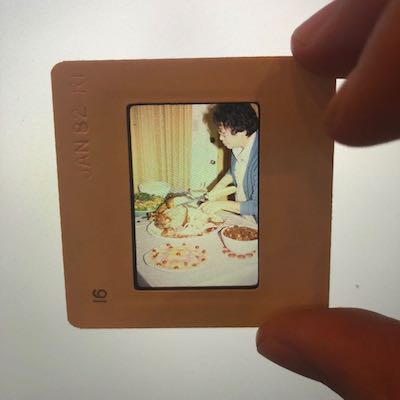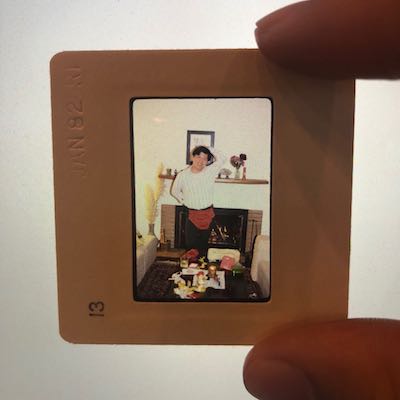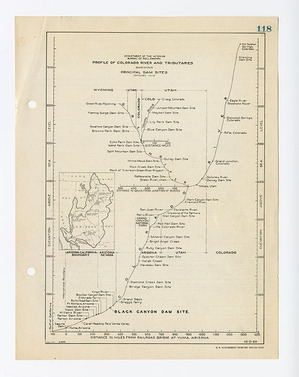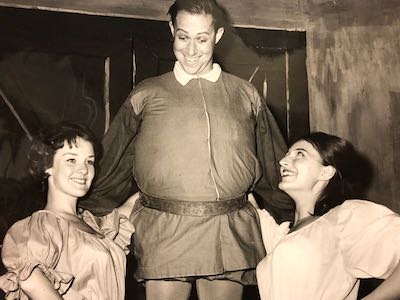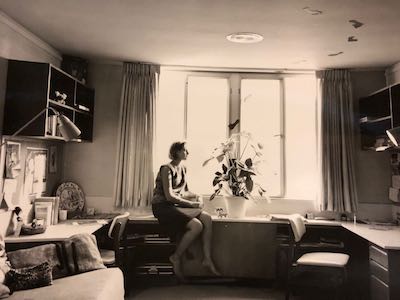In September 1963, Irving Wallace visited the White House to conduct research for his novel The Man. He was shown around the grounds and offices by Pierre Salinger, JFK’s press secretary. Wallace’s notes from the trip make for fascinating reading. I’m particularly struck by the fact that the White House was not known as intimately by the public then as it is today. Whereas a contemporary researcher can access almost unlimited images, videos, and writings which promise to take us “inside” this most famous of American domestic spaces, Wallace appears to have been relatively ignorant about the building’s inner life prior to his visit.
A case in point: Wallace refers to what we now know simply as the Oval Office–familiar from endless presidential speeches and Saturday Night Live sketches–as “the President’s Office or Corner Office,” further noting that “the President’s room is round or almost round.” Albeit a small detail, this point underscores how our idea of the presidency is subject to the ebb and flow of potent symbols, images, and public memories. In our media-saturated conception of the presidency (which arguably began with JFK and the access his administration granted to photographers and writers), the inside of the White House has achieved a level of mass familiarity and symbolic currency that it did not have, say, in the 1860s.
Here’s one more nugget from Wallace’s White House notes, which I think is worth quoting in full. Enjoy!
I studied the President’s desk carefully…The President has a tall backed executive chair, swivel, black. A green matted writing board at right elbow. To his left on desk he has a green phone with 18 punch keys, then another phone tying him into the Signal board, a single phoned [sic], then to his right a black phone like any phone which Salinger called “the hot phone.” Wouldn’t tell me where it went to, except admitted domestic and said, “Oh, for your book say it ties straight into the Pentagon.”
